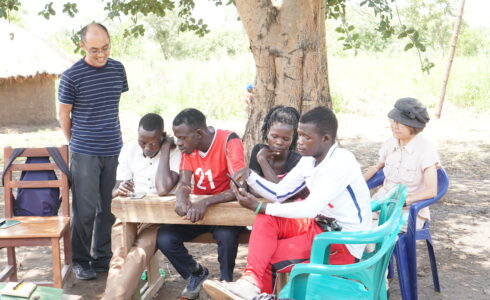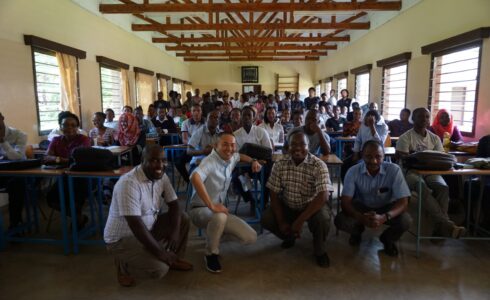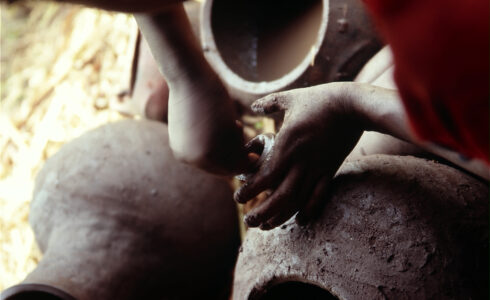
Exploring issues related to obstetric fistula in developing countries (Ayako Ogasawara)
The prevalence of obstetric fistula is one of the most serious health issues related to women’s reproductive health. Obstetric fistula is a medical condition in which a hole develops between the vagina and bladder, and/or between the vagina and rectum. The fistula develops over many days of obstructed labor, when the pressure of the baby’s head against the birth canal cuts off blood supply. This hole results in incontinence of urine and/or feces. The World Health Organization estimates that approximately two million women have untreated obstetric fistula and that approximately 100,000 women develop these injuries each year in developing countries, such as countries in sub-Saharan Africa and South Asia. Most of the previous studies report on the causes and treatment of obstetric fistula, and studies that focus on global support for patients are inadequate and need to be supplemented.
This study aimed to clarify the issues related to obstetric fistula in developing countries by conducting a literature review. The keywords “obstetric fistula,” “traditional birth attendant,” and “TBA” were used to search literature in Pubmed, EBSCOhost, and CiNii Articles. A total of 183 articles were identified, and 11 articles were ultimately included in the analysis. Most of the studies were excluded because they focused on iatrogenic fistulae and repair surgery.
The literature noted an association between fistula and stillbirths; approximately 90% of women who developed an obstetric fistula ended up delivering a stillborn baby. Women who experienced an obstetric fistula had constant incontinence, and faced stigma, social isolation, and mental health problems. The root causes of obstetric fistula were poverty and low status in women and girls. Poverty and malnutrition in children contributed to the condition of stunting of the skeleton, leading to the pelvis not fully maturing. This condition could contribute to obstructed labor and, therefore, an obstetric fistula. Obstetric fistula patients reported that, on average, the nearest health facility was a two-day walk from their homes. In conclusion, midwifery services were essential for healthy and safe pregnancy and childbirth. Obstetric fistula could be prevented if women in labor were provided with adequate emergency obstetric care when complications arose. Prevention and care of obstetric fistula require continuous and comprehensive support with a focus on reproductive health and rights.





